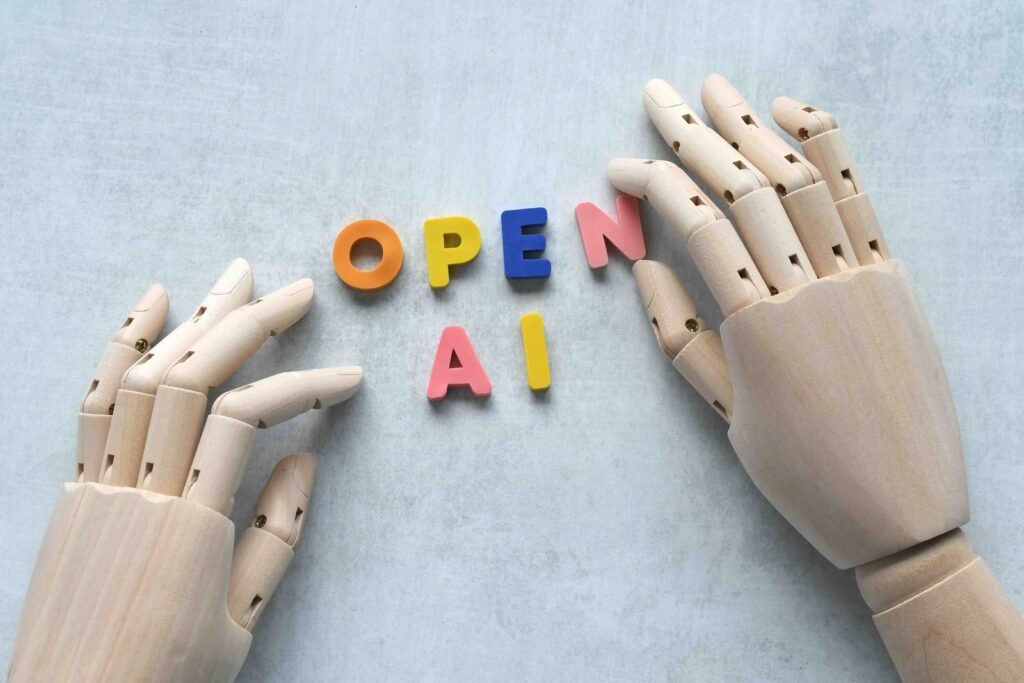
Introduction
Picture this: A small business owner completes a week’s market research in just hours, while a job seeker crafts the perfect resume that lands them their dream interview. What’s their secret? They’re part of a growing wave of professionals leveraging ChatGPT for business and career development.
In 2025, artificial intelligence isn’t just a buzzword – it’s becoming the backbone of professional success. According to McKinsey’s latest Digital Transformation Report, organizations using AI tools like ChatGPT are reporting a 40% increase in productivity and a 35% reduction in operational costs.
In this comprehensive guide, you’ll discover how to harness ChatGPT for Business & Career Development to transform your business operations and accelerate your career growth. From automating routine tasks to gaining strategic insights, we’ll explore practical applications of ChatGPT for Business & Career Development that are reshaping the professional landscape.
Table of Contents
Background & Importance
Understanding ChatGPT in the Professional Context
ChatGPT, developed by OpenAI, has evolved significantly since its initial release. The latest GPT-4 model powers sophisticated business applications through its advanced natural language processing capabilities. What sets it apart is its ability to understand context, generate human-like responses, and adapt to specific business needs.
According to Gartner’s 2024 AI Business Impact Report, 78% of businesses now incorporate some form of AI in their operations, with ChatGPT leading as the most widely adopted AI tool. The impact is clear: companies using AI-powered tools report:
– 25% faster project completion rates
– 30% improvement in customer satisfaction scores
– 45% reduction in time spent on routine tasks
Key Benefits & Challenges
Top Benefits of ChatGPT for Business & Career Development
1. Enhancing Productivity & Workflow Automation
ChatGPT excels at streamlining routine tasks. For example, Sarah Chen, founder of TechStart Solutions, automated her team’s weekly reporting process using ChatGPT prompts, saving approximately 15 hours per week. Her approach involves:
– Creating templated prompts for standardized reports
– Using ChatGPT to analyze data and generate insights
– Automating email responses for common customer inquiries
2. Improving Decision-Making with AI-Powered Insights
The platform’s ability to analyze large datasets and identify patterns helps professionals make informed decisions. Tools like ChatGPT plugins for Tableau and Power BI enhance data visualization and interpretation.
Real-world example: Marketing agency Digital Pulse uses ChatGPT to analyze customer feedback across social media platforms, identifying trending concerns and opportunities within minutes instead of days.
3. Streamlining Customer Support and Engagement
Modern businesses are revolutionizing customer service using ChatGPT. Zendesk’s integration with GPT technology has shown remarkable results:
– 60% reduction in first-response time
– 40% increase in customer satisfaction scores
– 24/7 support capability without increased staffing costs
Case Study: Boutique e-commerce brand “The Sustainable Home” implemented ChatGPT-powered customer service chatbots, resulting in:
– 85% of basic customer queries are resolved automatically
– $50,000 annual savings in customer service costs
– Increased customer satisfaction due to instant response times
4. Boosting Job Search Strategies & Resume Optimization
In today’s competitive job market, ChatGPT serves as a powerful career advancement tool. LinkedIn reports that AI-optimized resumes are 70% more likely to result in interview calls. Here’s how professionals are leveraging it:
– Resume Tailoring: Using ChatGPT to customize resumes for specific job descriptions
– Cover Letter Generation: Creating compelling, personalized cover letters
– Interview Preparation: Practicing with AI-generated interview questions
Success Story: James Martinez, a software developer, used ChatGPT to tailor his resume for 15 different positions, resulting in 8 interview calls and 3 job offers within a month.
5. Personalized Learning & Skill Development
ChatGPT is transforming professional development through customized learning paths. Popular applications include:
– Creating personalized study plans
– Generating practice exercises
– Explaining complex concepts in simple terms
– Providing instant feedback on work
Common Challenges & How to Overcome Them
1. Avoiding AI Dependency in Decision-Making
While ChatGPT is powerful, it shouldn’t replace human judgment. Here’s how to maintain a healthy balance:
– Use AI as a supplementary tool, not the primary decision-maker
– Implement a “human-in-the-loop” approach to critical decisions
– Regularly validate AI-generated insights with real-world data
Best Practice: Create a decision-making framework where ChatGPT provides options and analysis, but final decisions require human oversight.
2. Ensuring AI-generated content Aligns with Brand Voice
Many businesses struggle with maintaining consistency in AI-generated content. Solution framework:
1. Create a detailed brand voice guide
2. Use custom prompts that incorporate brand guidelines
3. Implement a content review process
4. Fine-tune outputs using specific examples
Tool Recommendation: Jasper.ai‘s Brand Voice feature combined with ChatGPT can help maintain consistent messaging.
Real-World Use Cases & Applications
Business Applications
Marketing & Content Creation
– Content Calendar Planning: ChatGPT helps create monthly content calendars, saving 5-10 hours per month
– Social Media Posts: Generates engaging posts with proper hashtag research
– Blog Post Outlines: Creates detailed outlines for content teams
Example: HubSpot’s marketing team uses ChatGPT to generate initial drafts for their blog posts, reducing content creation time by 40%.
Customer Service Enhancement
Step-by-Step Implementation:
1. Initial Setup
– Define common customer queries
– Create response templates
– Set up integration with existing systems
2. Training & Optimization
– Train staff on prompt engineering
– Monitor response accuracy
– Refine answers based on feedback
Career Development Applications
Resume Writing Guide
1. Job Analysis
– Input job description into ChatGPT
– Extract key requirements and skills
– Identify relevant keywords
2. Resume Customization
– Align experience with job requirements
– Incorporate industry-specific terminology
– Optimize for ATS systems
3. Achievement Quantification
– Transform basic job descriptions into achievement statements
– Add metrics and results
– Enhance impact through strong action verbs
Expert Insights & Thought Leadership
Industry Expert Perspectives
Dr. Sarah Thompson, AI Implementation Specialist at Deloitte:
“ChatGPT isn’t just a tool; it’s becoming a collaborative partner in business strategy. Companies that effectively integrate AI are seeing a 30% increase in operational efficiency.”
Mark Rodriguez, Career Development Coach:
“The key to using ChatGPT for career growth is understanding its role as an enhancer, not a replacement, for human skills and judgment.”
Data-Backed Performance Metrics
According to the latest Boston Consulting Group report:
– Companies using AI tools show 23% higher revenue growth
– Employee productivity increases by 35% with AI assistance
– Customer satisfaction improves by 28% with AI-enhanced service
Step-by-Step Guide or Action Plan
Implementing ChatGPT in Business Workflows
1. Identify Business Areas for AI Integration
– Audit current processes
– Identify time-consuming tasks
– Assess potential ROI
– Consider team readiness
2. Tool Selection & Setup
– Choose the appropriate ChatGPT subscription level
– Select complementary tools (e.g., Claude, Jasper, Copy.ai)
– Set up necessary integrations
– Establish security protocols
3. Employee Training & Adoption
– Develop comprehensive training materials
– Create prompt libraries for common tasks
– Establish best practices and guidelines
– Implement a feedback system
4. Performance Monitoring & Optimization
– Track key metrics (time saved, accuracy, user satisfaction)
– Gather employee feedback
– Refine prompts and processes
– Update guidelines based on learnings
Common Myths & Misconceptions
Myth #1 – AI Will Replace All Jobs
Reality: Rather than eliminating jobs, AI is creating new opportunities and enhancing existing roles. According to the World Economic Forum’s Future of Jobs Report 2024, while AI will automate certain tasks, it’s expected to create 97 million new jobs by 2025.
Success Story: Marketing agency Digital Bloom hired three new “AI Prompt Engineers” after implementing ChatGPT, showing how AI creates new specialized roles.
Myth #2 – ChatGPT Produces Generic Content
Reality: With proper prompting and customization, ChatGPT can generate highly specific, branded content. The key lies in:
– Detailed prompt engineering
– Clear brand guidelines
– Human oversight and editing
– Continuous refinement of outputs
Example: Fashion retailer StyleCraft uses ChatGPT to generate product descriptions that consistently maintain their unique brand voice by using carefully crafted prompt templates.
Myth #3 – AI is Only for Large Corporations
Reality: Small businesses often see the most dramatic benefits from AI adoption. A 2024 Small Business Administration study found that small businesses using AI tools like ChatGPT reported:
– 45% reduction in administrative costs
– 30% increase in customer engagement
– 25% improvement in market research efficiency
Case Study: Local bookstore “Reader’s Corner” uses ChatGPT for inventory management and personalized book recommendations, increasing sales by 28% in six months.
Future Trends & Predictions
The Evolution of AI in Business
1. Multimodal AI Integration
– Combined text, image, and voice capabilities
– Enhanced data analysis and visualization
– Improved decision-making tools
2. Personalized AI Assistants
– Custom-trained models for specific industries
– Advanced context understanding
– Improved emotional intelligence
AI-Powered Professional Development
1. Personalized Learning Paths
– Real-time skill gap analysis
– Custom curriculum development
– Progress tracking and adaptation
2. Virtual Mentorship Programs
– AI-driven career guidance
– Skill-based matching with opportunities
– Continuous feedback and improvement
Emerging Ethical Considerations
1. AI Governance Frameworks
– New regulations for AI use in business
– Data privacy requirements
– Ethical AI usage guidelines
2. Transparency Requirements
– Disclosure of AI use in business processes
– Clear communication about AI limitations
– Regular auditing of AI systems
Conclusion
The integration of ChatGPT in business and career development isn’t just a trend—it’s becoming a fundamental aspect of professional success. By understanding its capabilities, addressing challenges head-on, and following best practices, you can harness AI’s power to drive growth and innovation.
Key Takeaways:
– Start small and scale gradually
– Focus on specific use cases with clear ROI
– Maintain human oversight and ethical considerations
– Continuously learn and adapt your AI strategy
Next Steps:
1. Assess your current business processes or career goals
2. Identify one area where ChatGPT could add immediate value
3. Start with a pilot project using the guidelines in this article
4. Monitor results and adjust your approach accordingly
Want to Learn More?
How to Use AI for Resume Writing & Job Applications: A Step-by-Step Guide
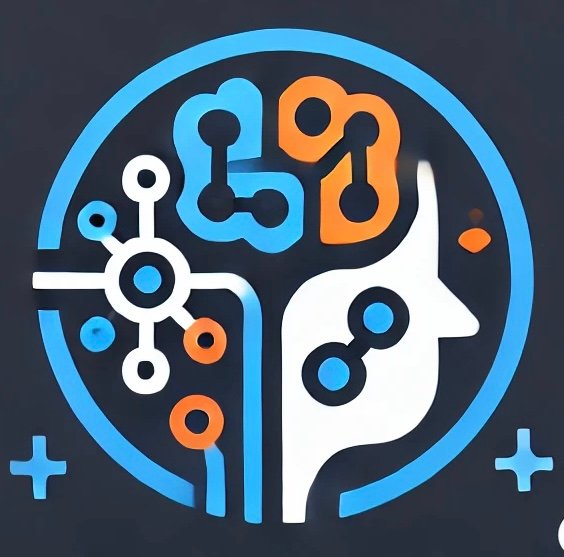
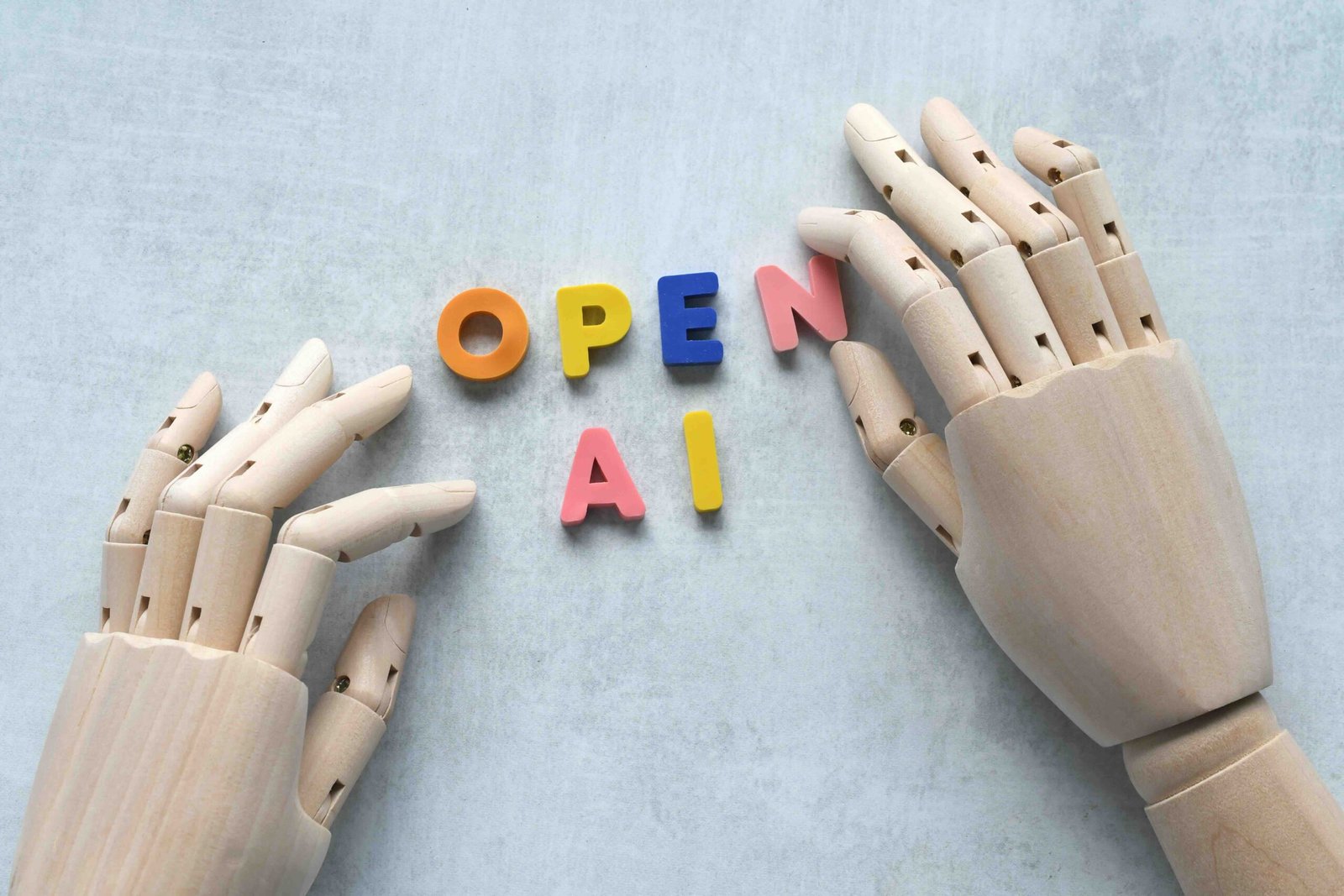
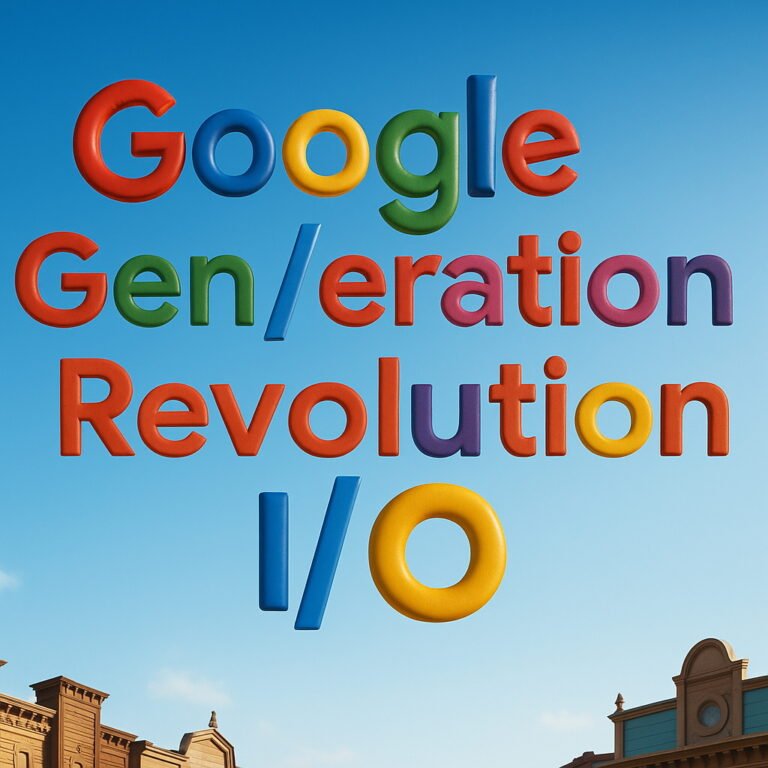
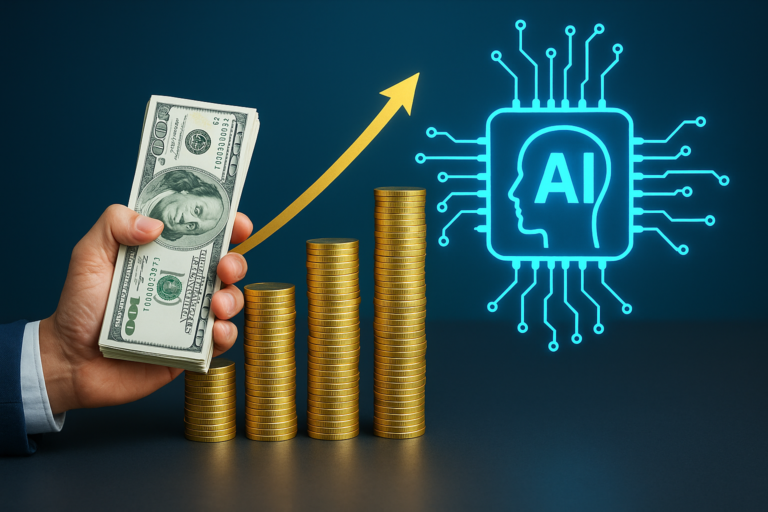
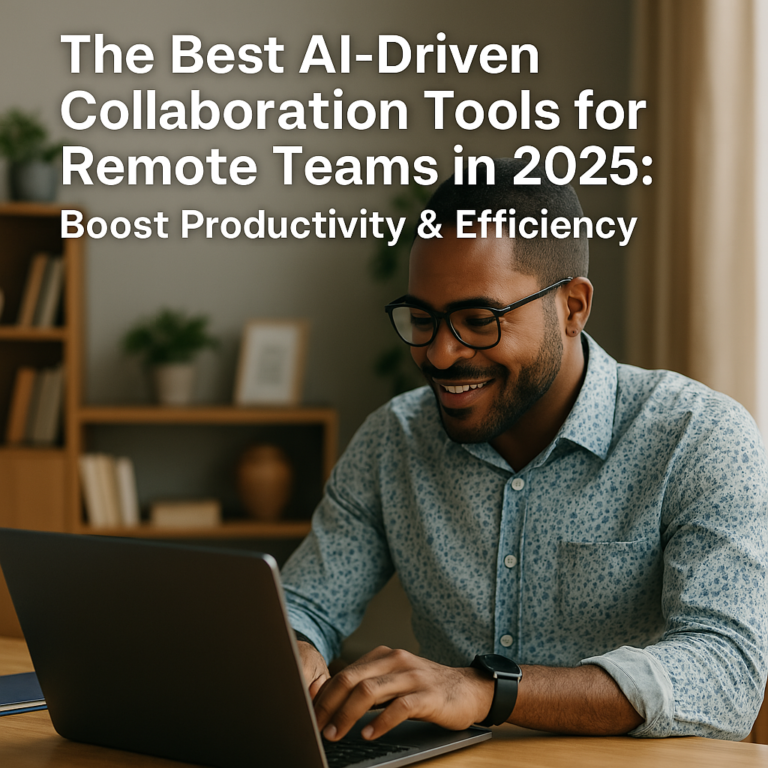
[…] – How to Use ChatGPT for Business & Career Development: A 2025 Guide to AI-Powered Success […]